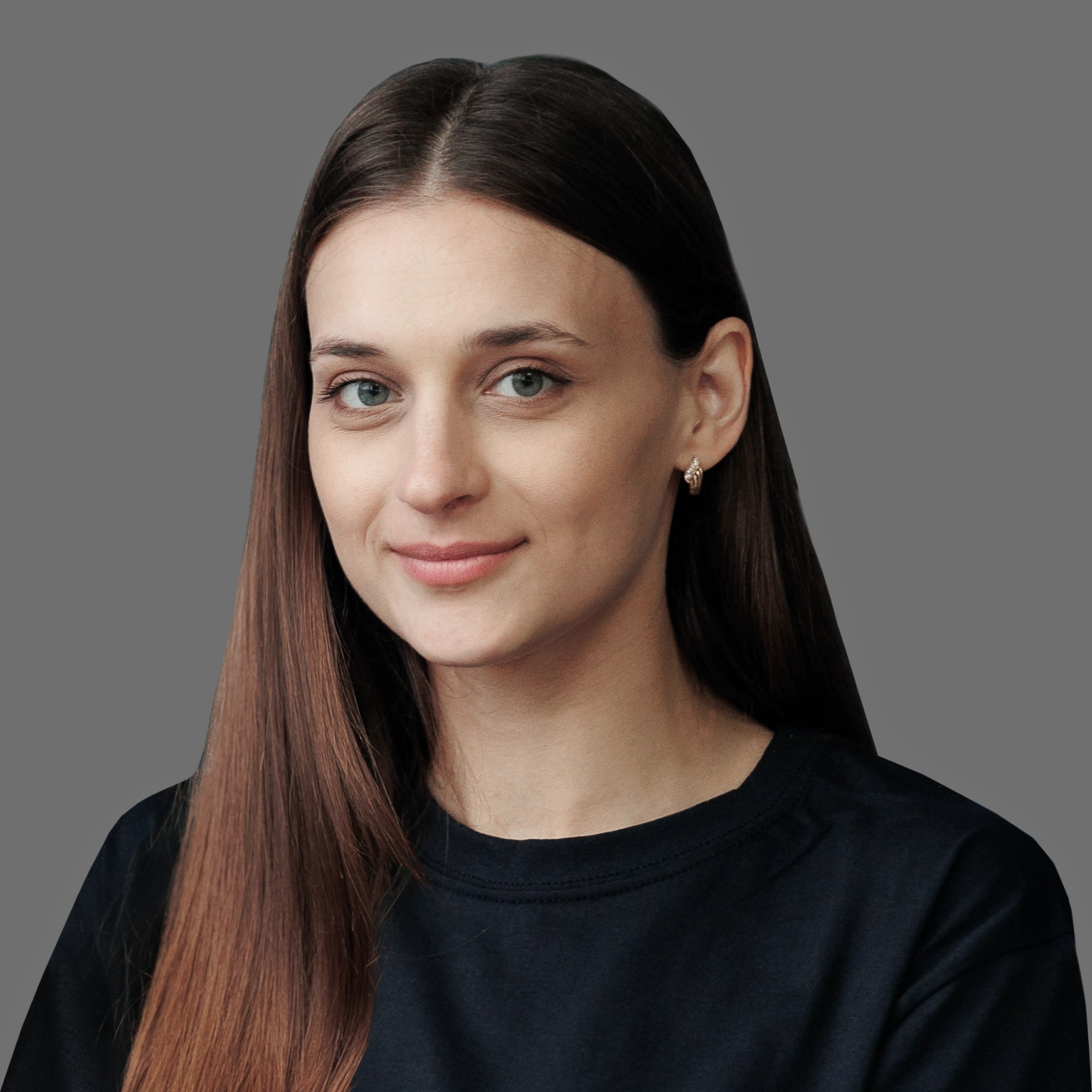Business. Tech. Life. Stories and news worth sharing
-
 December 24, 2025Read in 8 min.
December 24, 2025Read in 8 min.Custom software development company in Miami: Services, expertise, and the development process breakdown
Miami's premier custom software partner for enterprise-grade applications. We specialize in fintech, healthcare, and scalable cloud systems. Innovate with Miami experts. -
 December 24, 2025Read in 10 min.
December 24, 2025Read in 10 min.Software development company in Florida: What we do, how we work, and where we add value
Florida's premier custom software partner for enterprise-grade applications. We specialize in fintech, healthcare, and scalable cloud systems. Innovate with Florida experts. -
 December 22, 2025Read in 11 min.
December 22, 2025Read in 11 min.Software development company in New York
New York’s premier custom software partner for enterprise-grade applications. We specialize in fintech, healthcare, and scalable cloud systems. Innovate with NYC experts. -
 December 22, 2025Read in 9 min.
December 22, 2025Read in 9 min.Custom software development company in California: Expertise, services, and development process
Partner with California’s leading software experts. We deliver scalable, high-performance custom solutions for enterprise and startups. Get a free quote today! -
 December 9, 2025Read in 10 min.
December 9, 2025Read in 10 min.Custom software development for San Diego businesses
Find out about the demands of software development in San Diego and how local companies are adapting to technology needs. -
 December 9, 2025Read in 9 min.
December 9, 2025Read in 9 min.Specifics and perspectives of custom software development in Los Angeles
Find out why choosing a custom software development company in Los Angeles is essential for evolving industries like fintech and healthcare. -
 December 6, 2025Read in 7 min.
December 6, 2025Read in 7 min.Software development in San Francisco: Custom solutions for Area
Find out how software development in San Francisco sets standards in technology and customer satisfaction. -
 December 4, 2025Read in 11 min.
December 4, 2025Read in 11 min.Custom software development Texas businesses need
Find out why custom software development in Texas is essential for companies navigating complex operational challenges. -
 November 28, 2025Read in 13 min.
November 28, 2025Read in 13 min.Custom software development in Houston: State and perspectives
Partner with a leading custom software development company in Houston to harness the power of technology for your growth. -
 November 28, 2025Read in 12 min.
November 28, 2025Read in 12 min.Custom software development Dallas businesses need
Find out how a custom software development company in Dallas can elevate your business in a booming tech landscape filled with opportunities.
Contact us

Daryna Chorna
Customer success manager
